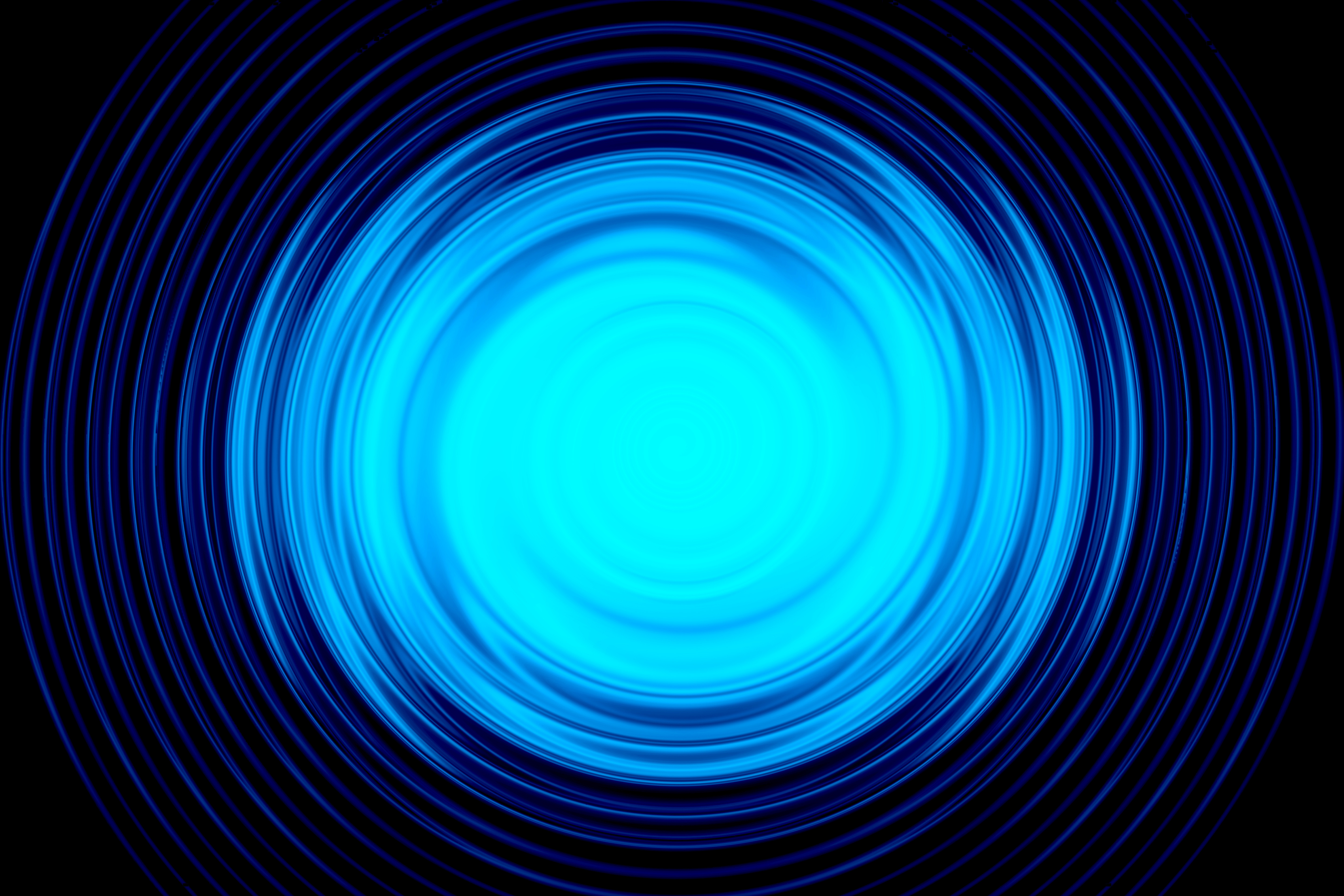
Following on from our previous blog posts examining the role of shape marks and colour marks in the pharmaceutical sector, we are now going to look at three other non-traditional trade marks: sound, motion and multimedia marks.
Requirements for registration
Sound marks
A sound mark is a trade mark consisting exclusively of a sound or combination of sounds. In the UK and EU, sound marks can be represented by submitting an audio file or using an accurate visual representation such as musical notation.
Merz Pharma, for example, has registered a short sound mark, under EUTM Registration No. 018046053, corresponding to their TETESEPT range of health products. The registration, filed in April 2019, consists only of an audio file.
EUTM Registration No. 018046053
Typically older registrations will present the sound mark in a visual format, as the UKIPO and EUIPO only adapted their rules to allow uploading of audio and video files in the last few years. An example of this is EUTM Registration No. 2529618 from January 2002, owned by Japanese company Hisamitsu Pharmaceutical. This mark comprises musical notation and a description: “The mark is a sound mark and corresponds to the words HI SA MI TSU, sung to the musical notes shown in the representation”.

EUTM Registration No. 2529618
Motion marks
A motion mark is a trade mark consisting of a movement or a change in the position of the elements of the mark. It can include words and figurative elements and can be represented by submitting either a video file or a series of sequential images showing the movement or change of position.
INDENA S.p.A, an Italian company that produces and distributes botanical derivatives for the pharmaceutical, health-food and cosmetics industries, owns EUTM Registration No. 018061460 for a motion mark containing the moving wording “phytosome The BIOMIMETIC DELIVERY SYSTEM”.
EUTM Registration No. 018061460
Multimedia marks
When a mark comprises both movement and sound, it is considered to be a multimedia mark. A multimedia mark can only be represented by submitting an audiovisual file containing both the image and the sound.
Novartis has recently started filing applications for multimedia marks at the EUIPO. In December 2021 they filed EUTM Registration No. 018363080 covering “pharmaceutical preparations” in class 5, “medical apparatus and inhalers” in class 10 and “medical services, namely providing healthcare information” in class 44. The mark depicts the ENERZAIR BREEZHALER, a maintenance treatment of asthma in adult patients which includes hard capsules containing inhalation powder. The mark appears to show the inner working of the inhaler and the release of the inhalation powder from the capsule.
EUTM Registration No. 018363080
A few months later, in February 2021, Novartis filed EUTM Application No. 018401505 covering the same goods and services in classes 5 and 44 and “medical apparatus and instruments; medication injectors” in class 10. The mark is a short clip of moving sections coming together to form the words “Kesimpta (ofatumumab) 20mg injection”, set to music. KESIMPTA is an injection for the treatment of relapsing forms of multiple sclerosis. The application has been accepted and was published by the EUIPO on 25 February 2021. If no oppositions have been filed by third parties, it should be registered shortly.
EUTM Application No. 018401505
What particular challenges are faced?
Like the shapes and colours we’ve looked at before, sound, motion and multimedia marks must all comply with the criteria established by the European Courts in Sieckmann, namely that the representation of the marks must be clear, precise, self-contained, easily accessible, intelligible, durable and objective.
Under the UKIPO and EUIPO’s old practice of requiring a graphical representation of a mark, there could be difficulties presenting sounds, motions and combinations of the two in a sufficiently clear and precise way. However, now that audio and video files can be uploaded, it is much easier to prevent objections on these grounds.
The most likely reason for an objection to be raised to an application now is that it is not distinctive enough to function as a trade mark. This may be the case if the sound is just a short combination of simple notes or if a motion consists of a basic geometric shape with simple animation.
By way of example, the EUIPO rejected Bayer Aktiengesellschaft’s EUTM Application No. 012674958 for a sound mark filed in 2014, arguing that short melodic sound sequences, or jingles, are commonly used in advertising and do not provide unambiguous information to the consumer about trade origin.
EUTM Application No. 012674958
More recently, in 2019, the EUIPO rejected EUTM Application No. 018026121 for a sound mark filed by Roche Diagnostics in respect of “Analyzers for in-vitro diagnostic testing for medical purposes; laboratory apparatus for medical and diagnostic purposes; apparatus for pre-analytical and post-analytical treatment for medical purposes” in class 10 and goods in class 9. The EUIPO stated that the sound, which consists of only three notes, is not likely to attract the attention of consumers, particularly as it is the type of sound sequence which is usually used in the field of electronic devices.
EUTM Application No. 018026121
Gathering and filing evidence of extensive use and arguing that the mark has acquired distinctive character through use may help to overcome an objection like this, but it can be a time consuming and costly exercise. If the application is an EU trade mark application, you will need to prove acquired distinctive character across the whole of the EU, which will be difficult for many applicants.
Can these types of marks be enforced?
There are few examples of registrations for sound, motion and multimedia marks being used to prevent use and registration of other marks in reality. It should be possible to prevent third parties from copying the mark, for example using an identical sound in their own marketing. Furthermore, if the mark features distinctive wording or a logo, it might be possible to use it in combination with other relevant rights to prevent use and registration of the same or similar wording / imagery.
By way of example, albeit outside the pharma sphere, in Slovenia in 2011, an appeal court found there to be a likelihood of confusion between word and logo marks containing the word MANPOWER and a sound mark containing the word MANPOWER in combination with a melody. This resulted in the application for the sound mark being partially rejected.

Slovenian Registration No. 200670361
However, beyond this the registrations will probably have limited value. It is likely that a sound or motion would have to be very similar to the registered version for there to be a likelihood of confusion.
Keep an eye out for our last blog post in this series, where we will take a look at one final type of non-traditional mark: position marks
Rebecca is a Partner and Chartered Trade Mark Attorney at Mewburn Ellis. She handles all aspects of trade mark work, with a particular focus on managing large trade mark portfolios, devising international filing and enforcement strategies, and negotiating settlements in trade mark disputes. Rebecca has extensive experience of trade mark opposition, revocation and invalidity proceedings before the UK Intellectual Property Office (UKIPO), including very complex evidence based cases. Rebecca also has a strong track record in overcoming objections raised to trade mark applications.
Email: rebecca.anderson@mewburn.com
Sign up to our newsletter: Forward - news, insights and features
Our people
Our IP specialists work at all stage of the IP life cycle and provide strategic advice about patent, trade mark and registered designs, as well as any IP-related disputes and legal and commercial requirements.
Our peopleContact Us
We have an easily-accessible office in central London, as well as a number of regional offices throughout the UK and an office in Munich, Germany. We’d love to hear from you, so please get in touch.
Get in touch

